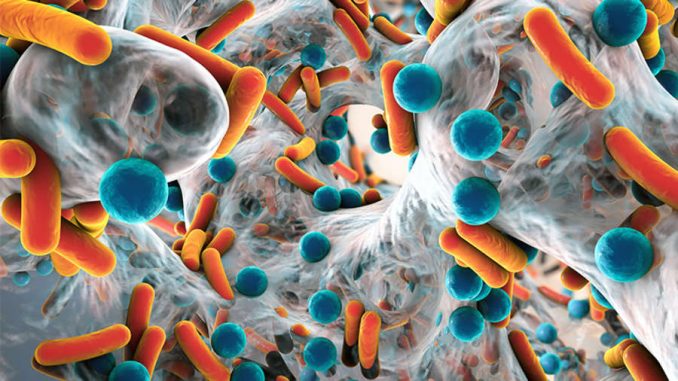
In News
Scientists from Indian Institute of Technology, Kanpur along with Central Drug Research Institute (CDRI), Lucknow a laboratory of Council for Scientific and Industrial Research (CSIR) have found a new way to kill superbugs.
In-Detail
- Superbugs are increasingly becoming resistant to most known antibiotics and are causing a global health scare.
- Now, Indian scientists have found a way to destroy these superbugs using the same antibiotics to which they have developed resistance.
The Study
- Scientists used Staphylococcus aureusfor the study. It isa bacteria found commonly in the nostrils, on the skin and in the upper tracts of the respiratory system.
- These bugs do not affect a healthy person but in those with low immunity levels, they are lethal.
- This bacteria has developed resistance to many drugs that are commonly used in the clinics.
- It is estimated that these drug-resistant bugs could kill 10 million people by 2050.
- The scientists have developed a novel molecular framework for drugs to latch on to these germs and prevent them from multiplying.
- The novelty of the molecule lies in its structural design.
Function
- When energy production in a bacteria is stopped for 20 minutes, it cannot divide and multiply. The molecule so designed does exactly that.
- For bacteria to survive and replicate, a substance called gyrase is essential. In most organisms, there will be two types of gyrases – gyrase A and gyrase B.
- All antibiotic drugs target gyrase A, but superbugs modifiers gyrase A and makes it difficult for the drugs to bind to the substance.
- The new molecule developed by the scientists targets gyrase B which is conserved and difficult to mutate.
- The molecules when used in combination with fluoroquinolone drugs, both gyrase A and gyrase B are attacked making the molecule more effective.
- Fluoroquinolone drugs are the first line of antibiotics.
Proof-of-Concept
- Scientists say that the molecule is still in the proof-of-concept stage and its effectiveness is high on lab-grown bacterial cells. They have also found that the bacteria are finding it difficult to develop resistance against the new molecule.
Conclusion
It is a promising development when the world is in dire need of new interventions and alternative mechanisms to counter the threat of superbugs. Scientists are hopeful that the new molecule, in the future, will help in treating S. Aureus-based infections.

Leave a Reply
You must be logged in to post a comment.